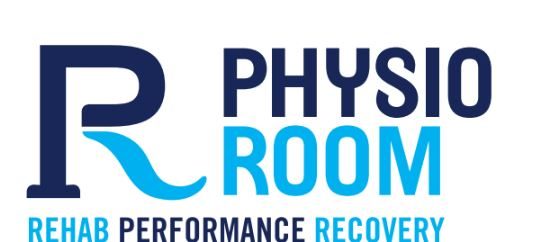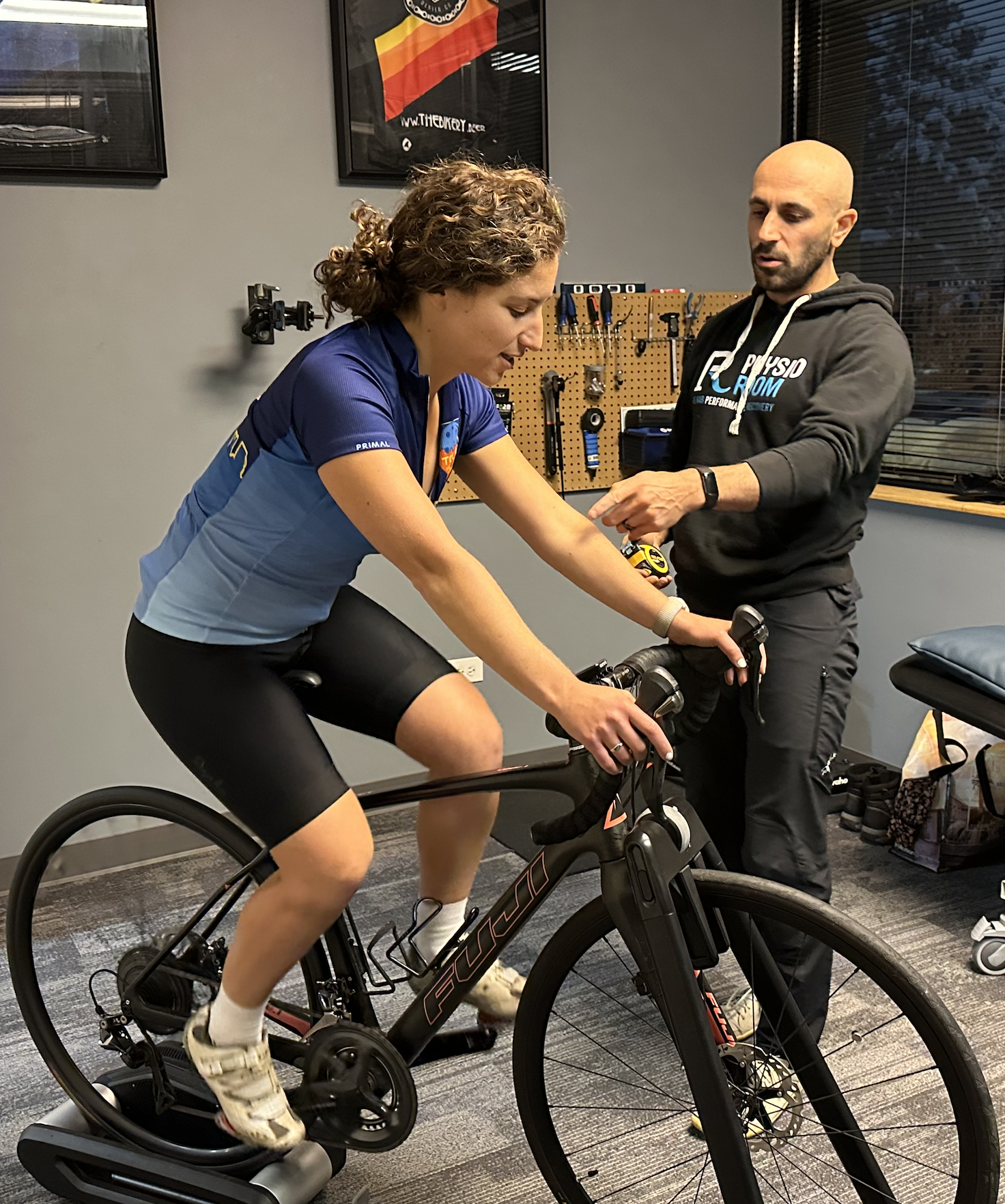Can I Keep Running? The Truth You Need to Hear
As the temps rise, runners of all levels are hitting the pavement and trails again. Whether you’re training for a big race or just enjoying the sunshine, it’s the perfect time to get moving.
Before you lace up, check out these expert tips to help you stay injury-free and running strong all season long:
What are the most common running injuries?
While there are certainly exceptions such as a fall or (heaven forbid) being struck by a vehicle – the vast majority of running related injuries can be summed up into 2 categories: Bone Stress Injuries and Tendinopathies.
Understanding These Common Running Injuries
A Bone Stress Injury (BSI), which can range from “stress reaction” to “stress fracture” is when the bone cannot hold up to the mechanical demands we are putting on it and begins to fail. On average, a Grade 1 BSI will sideline a runner for 41.7 days. If it is ignored and progresses to a Grade 4 BSI, a runner will on average be sidelined for 98.5 days!
A Tendinopathy encompasses any injury that prevents a tendon from working and being able to withstand load properly. This can be broken down into 3 main subcategories: Tendinitis (inflammation of a tendon), Tendinosis (breakdown of a tendon), and Tenosynovitis (inflammation of the sheath around a tendon). I also like to include plantar fascia pain in this category, because while it is not technically a tendon, the plantar fascia responds VERY similarly to tendon and will be treated very similarly.
What causes these injuries?
While BSI’s and Tendinopathies are treated very differently, their causes are very similar. The biggest trigger when it comes to running related injuries, is typically doing “too much, too fast”. By this I mean we made a dramatic change in one (or more) variables, quicker than our body could handle the change. The most common causes of this that I see are:
- Increasing volume of weekly mileage too quickly
- Too high a percentage of weekly mileage being “hard” efforts
- Increasing both volume and intensity at the same time
- Switching directly to a new shoe without weaning into it
- Making a drastic change in shoe “drop height”
Underlying factors that predispose you to injury:
- Faulty running mechanics
- Not supplementing your program with resistance training
- Under-fueling***
- Poor sleep
- High stress levels
- Systemic factors (autoimmune disorders, pregnancy, etc.)
What Does Treatment Look Like?
While the causes of these two types of injuries are very similar, they have a VERY different treatment approach. The biggest of these differences is that with a bone stress injury you will likely have to spend time non-weightbearing initially, with a very gradual build back to loading, and all at a pain level of 0/10. With a tendon-related disorder, however, you will likely have a quicker return to run, and should actually expect some mild to moderate discomfort in the strengthening and loading phases of rehab. You can see why it’s imperative to find out which you’re dealing with, right?
What steps can I take to prevent these?
- When building up mileage, increase your weekly mileage by no more than 10% each week, and plan for a “down week” of slightly less mileage every 3rd to 4th week
- Roughly 80% of runs should be easy mileage, only 1-2 runs per week should be a “hard” effort
- If switching into a shoe with a drastic change in drop height (especially switching to a “zero drop” shoe), start with just 10% of your weekly mileage in that new shoe and progress by 10% each week to give your body time to adapt to it
- Have a trained clinician assess your running form
- Have a quality strength program (running is a high intensity sport, runners need to be strong!)
- Make sure you are getting enough fuel with high quality food (this is a BIG one when it comes to BSI’s. If you are struggling with this I highly recommend consulting a nutritionist)
- Getting 8 hours of quality sleep per night
- Managing stress (as best you can)
If you think you may be dealing with one of these injuries, don’t hesitate to schedule an assessment at Physio Room. Better yet, be proactive and don’t let it get to that point, so you can enjoy your summer – whether it be 5k, Marathon, or Leadville.
Written by Dr. Drew Short – PT, DPT, CMFA| Physio Room




No responses yet